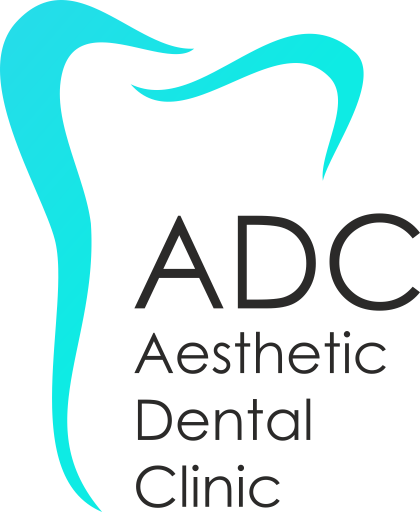Contents
What is gingivitis?
Gingivitis is the inflammation of the gingiva. It is generally one of the most common diseases of periodontal tissues (gums). It usually occurs abruptly and involves one or more teeth.
What are the symptoms of gingivitis?
The patient may experience various symptoms. The most common of these are:
- Swelling gums.
- Gums with a bright red or purple color.
- Gums that hurt on contact e.g. with a toothbrush or finger.
- Bleeding gums after brushing, dental floss, even on their own.
- Halitosis (bad breath).
What are the causes of Gingivitis?
Acute gingivitis is usually caused by the following factors:
1) Factors related to the level of oral hygiene:
Neglected oral hygiene (when we do not brush our teeth and gums properly and regularly).
This develops the dental plaque, which then hardens and becomes a stone, then forms a plaque on the stone that hardens and becomes a second layer of stone and continues until a very thick stone is formed and a large inflammation in the gums.
2) Factors not related to the level of oral hygiene:
- Traumatic occlusion (when a tooth is found with its competitor faster than the other teeth during the occlusion).
- Misuse of the toothbrush, dental floss or toothpick, resulting in mechanical injury to the gums.
- Prosthetic work (dental fillings, bridges, crowns) that improperly hold food between the teeth due to improper construction, making it difficult to brush and remove dental plaque from teeth and gums.
- Gingivitis resulting from severe mental disorders or serious illnesses eg. diabetes and stress.
All this leads to a decrease in the body’s defense and as a result of gingivitis.
- Pregnancy, breast-feeding gingivitis.During pregnancy and lactation, estrogens increase in the female body resulting in hyperemia and swelling of the oral mucosa.
- Pharmaceutical gingivitis.The use of certain medicines, such as antidepressants, anti-epileptic and others, cause gum hyperplasia and inflammation.
What does the treatment of gingivitis include?
Treatment of gingivitis involves the removal of sub-gingival and supra-gingival tartar, the removal of gingival inflammatory tissues, and the removal of dental plaque and pigments on the teeth by the method of air polishing. The treatment is done with the use of hand tools and ultrasound, as well as with the use of polishing machine with hand tools.
Polishing can be done with a special spray blasting machine.
How long does treatment for gingivitis last?
Usually treatment for acute gingivitis is completed in one appointment, but if useful, a second or more appointment will be needed to re-check oral hygiene at the dental office, following the Swiss protocol:
In the 1st appointment the whole sub-gingival and supra-gingival tartar will be removed. In addition, inflammatory tissues will also be removed. Finally, the polishing will be done with the special instrument of the Swiss company EMS, which will remove all dental plaque and tooth stains.
However, if radical scraping is required for treatment of recurrent periodontitis, 2 or even 4 appointments may be required depending on the treatment, whether performed per jaw or quadrant.
Gingivitis Treatment: Postoperative Stage
It is normal to have slight pain in the teeth and gingiva after a thorough cleaning by the dentist, especially if there is a sensitivity problem before surgery.
Removing the irritants reduces the inflammation of the gums, which appear to recede, revealing the true dimensions of the gum recession caused by gingivitis.
For some days after treatment the gums may be irritated, sensitive, and may bleed slightly.
Treatment of Gingivitis: Final Outcome
It will take a few days or weeks for the morphology and gingiva sensitivity to be fully restored. During this period, bleeding in the gums of the patient will be reduced when brushing, and there will be a noticeable difference in the odor of the mouth. After treatment the patient will feel his mouth cleaner, lighter and his teeth whiter.
It is recommended that a dentist review after a few weeks to evaluate the degree of healing of the gums and the reduction of the depth of the follicles (if any), which is the most critical criterion for the success of the treatment along with the reduction of the gingival bleeding.




